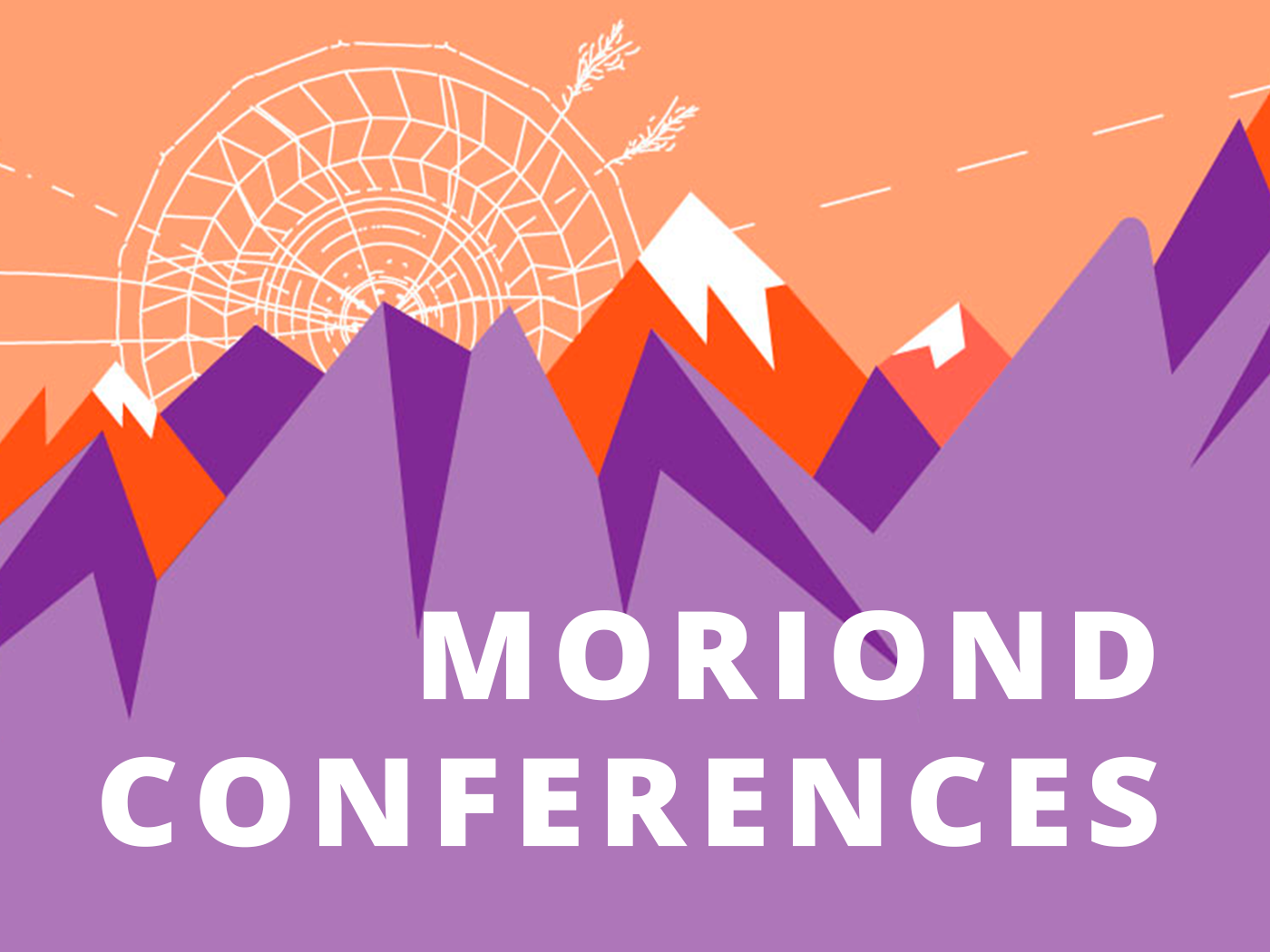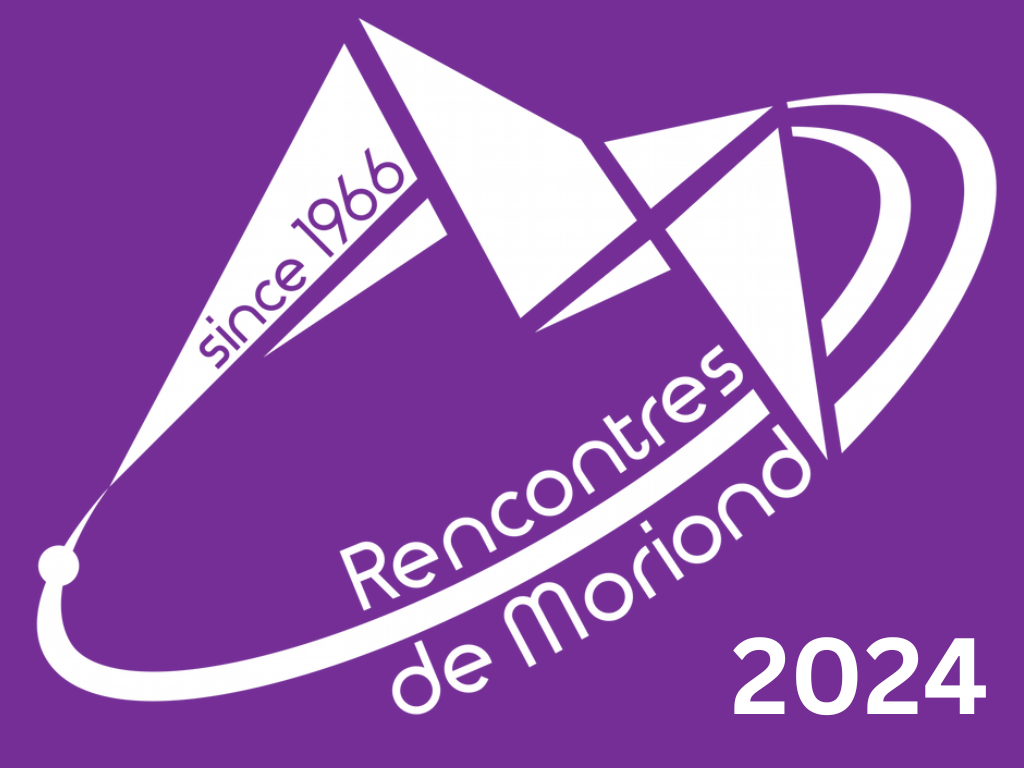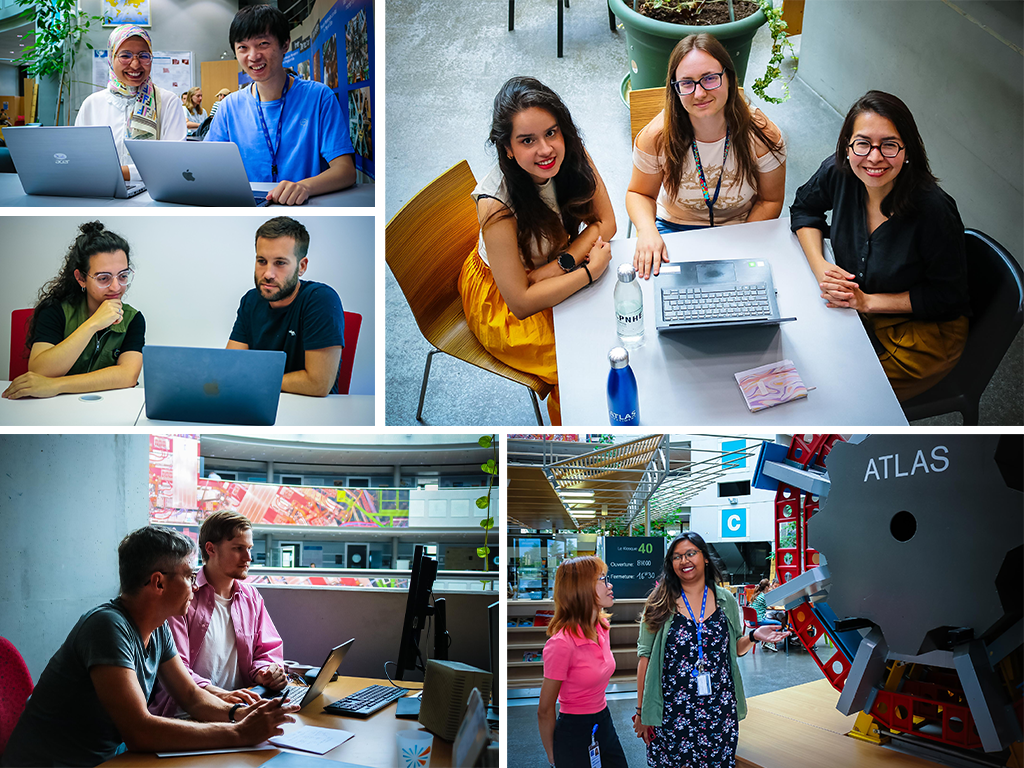Impressions from Moriond
6 April 2017 | By
The 52nd Rencontres de Moriond conference was held in La Thuile, Italy, from the 18 March to 1 April. The first week, which ran until 25 March, was devoted to the theme "Electroweak interactions and unified theories", while the second week was based on the theme of “QCD and high energy interaction”.
Moriond brings together experimentalists and theorists from across the high-energy physics community to discuss new findings. Here is a collection of images from this year’s event, highlighting the now-famous “spirit of Moriond”. (Images by C. Adam-Bourdarios/ATLAS Collaboration)

A large amount of time was reserved for both organized and spontaneous discussions between theorists and experimentalists. This dual audience was also reflected in the style of the presentations, with theoretical talks aimed at experimentalists, and vice-versa.

“I like that experimentalists and theorists mix here and make an effort to communicate with each other,” said Alberto Ramos (CERN). “This is my first Moriond and it has been successful."

Among the many talks, there was discussion on theories “beyond the standard model” that predict additional decays or deviations in the Higgs boson properties. “Dedicated searches for non-standard Higgs states are motivated by a broad range of phenomenology,” said Verena Martinez Outschoorn (University of Illinois, Urbana-Champaign). “We need to explore as many channels as possible to cover the full spectrum. More results are expected soon!”

Moriond is also an opportunity for physicists to interact with colleagues from different backgrounds. “My favourite part so far has been sitting at dinner (or breakfast) and talking to theorists,” said Isobel Ojalvo (Princeton). “It was a chance to mingle with people who have different understanding of your field than you do.”

Speaking at the Standard Model session, Marc Owen (University of Glasgow) explored the potential of studying these well-known particles: “The top quark is still the heaviest particle we know about. The well-understood Run 1 LHC dataset continues to yield precise measurements and a potential window to new physics.” Learn more about ATLAS Run 2 analyses of the top quark.

“Di-jet final states are classic signatures for searching for new physics with strong interactions,” said Yanyan Gao (University of Liverpool). “They are now tools to explore more complex signatures.” Learn more about how ATLAS is using di-jet states in the search for new physics.

Organiser Jean-Marie Frere discussed the open tradition of the Rencontres de Moriond: “The meeting is intended to promote fruitful collaboration between experimentalists and theorists and between various institutions by bringing together a limited number of physicists and astrophysicists in beautiful and inspiring surroundings.”

There was also discussion of the new challenges being tackled in Run 2. “Long-lived particles are challenging as often need special triggers, custom reconstruction,” said Marie-Hélène Genest (LPSC Grenoble). “These searches often take more time and the combined effort of LHC experiments and theorists.”




